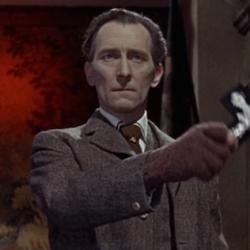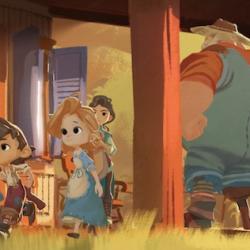Laura Horak’s Girls Will Be Boys examines cross-dressing women and lesbians in early 20th-century American film. According to the TLS review, “The sheer number of cross-dressed girls/women and the instances of same-sex female desire that featured in the films of 1908-34 is staggering. (Horak unearthed 476 relevant titles, traveling to archives across North America and Europe to view around 200 of them.) This phenomenon extended, as Horak explains, beyond the predictable tropes of murderous mannish lesbians, oddball female inverts and educated but unhinged ‘New Women,’ to present a much more varied idea of sexuality, often intersected by class, race, and nationhood.”
Girls were often cast in boy’s roles, a decision that, Horak claims, “appealed to the sentimental register of child-hood more generally, and formed part of a strategy to entice middle-class women into cinema and cinema-going habits by calling on a practice more frequently deployed in theatre. It results in what appears to modern eyes as a queasy confection: the irritatingly ringleted profusion of Little Lord Fauntleroys and the gamine twinnings of The Prince and Pauper.”
It was a short-lived moment in film history: “after 1915 Horak sees as indicative of the emergence of a different notion of boyhood: this time more redblooded, pugilistic, and knee-scraped.” Still, Horak connects the earlier use of girls in male roles with the depiction of sturdy cowgirls in westerns: “The proliferation of cross-dressed cowgirls in later American frontier films Horak understands as complicit in the complete presentation of a virile, pioneer-spirited nationalism. The girls are vigorous, hardy and heroic, even where the men aren’t. In a supremely odd film of 1910, The House with Closed Shutters, Agnes masquerades in place of her cowering brother Charles, leaping over the barricades to seize a Confederate flag and salvaging the family’s honor. Charles, in turn, is reduced to wearing his sister’s dress and relegated to the homestead for ever more.”
Horak sees this as an ironic reinforcement of masculinism: “Cowgirls . . . could ‘produce and affirm cultural ideas of masculinity,’ even at their own expense.”














